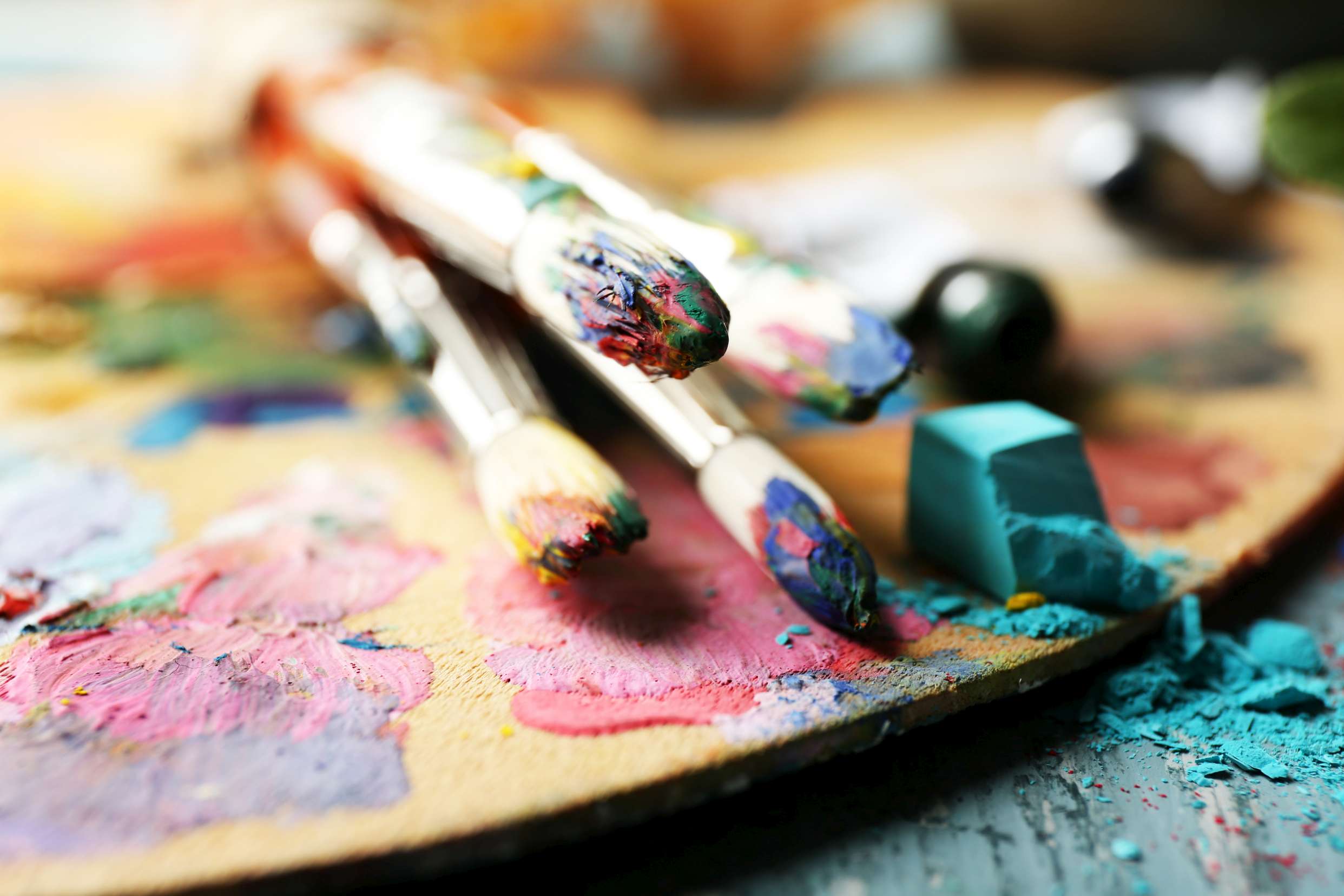Expressive arts is characterized in the Encarta Dictionary as being, “any fine art, for instance, painting, design, engineering, drawing, or etching, that is considered to have absolutely stylish worth” (Encarta, 2004). In spite of the fact that this definition is utilized in relationship with expressions of the human experience in the ordinary world, concerning instructing, […]
Continue ReadingDie akzeptierten Definitionen für Kunst und ihre Klassifizierung
Handwerkskunst ist eine Region des Studiums, die expansiv ist. Die Verarbeitung wird größtenteils als Methode zur Selbstartikulation charakterisiert. Es gibt nicht nur eine allgemein anerkannte Definition für Kunst. Handwerkskunst passt zu einigen Definitionen. Ein Teil dieser Definitionen ist: • Es ist eine Methode, um seine Gedanken durch Malen, Zeichnen, Meißeln usw. zu kommunizieren • Es […]
Continue Reading

